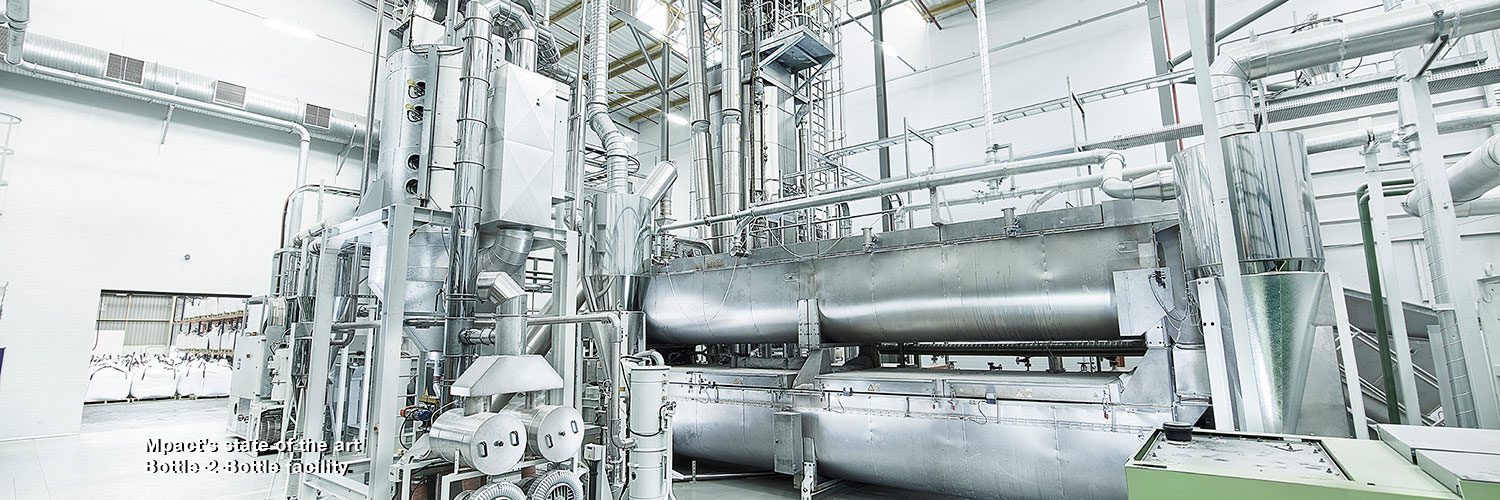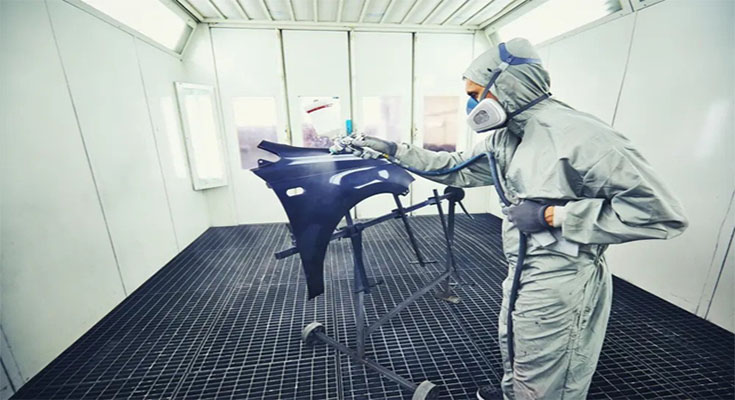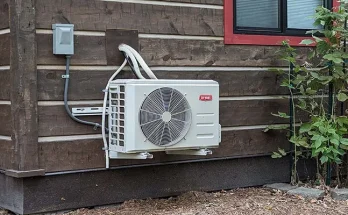There are a variety of paint booth types available today, each designed for different industrial painting tasks, painting surfaces, and working conditions. This article will discuss the main differences between paint booth types, give you tips on which paint booth to choose, and help you make an informed decision about which paint booth is the right one for your painting project. Read on to learn more about the different paint booth types available and discover the best paint booth for your industrial painting project.
Why do you need an Industrial Paint booth?
A paint booth is used to provide a controlled environment for painting finished, assembled products. This includes everything from cars, to boats, to trains and more. Paint booths protect your workers from breathing in paint fumes and other harmful substances like lead. They also help protect the finish of your product by reducing dusting and overspray onto nearby surfaces. There are many reasons for investing in an industrial paint booth. The main reason for investing in a paint booth is that it provides a safe place for employees to work. It prevents them from inhaling harmful fumes and also reduces dusting and overspray onto nearby surfaces. Paint booths also prevent the finished product from getting dirty or scratched during the painting process. Paints tend to be messy so it’s easy for them to get into places you don’t want them to like on the floor or on other pieces of equipment that would compromise their quality. Paint booths will still allow some overspray but they are much better at containing than not using one at all.
Downdraft booth
A downdraft paint booth features a blower that forces the overspray out of the booths and into a filter bag. This type of paint booth is best for long periods of painting without stopping. The blower creates a vacuum effect, sucking up fresh air to create a healthy environment for workers and preventing any overspray from getting out. A downdraft booth has an exhaust to suck up fumes, making it healthier and safer for painters inside the booth. The filters are reusable, so they don’t need to be replaced after every job like other types of filters do. It also has ample lighting in comparison to other types of paint booths, which makes painting easier on your eyes when you’re working on intricate projects or complex paintings with many colors.
Cross-flow booth
Cross-flow booths are the most common type of paint booth. These types of paint booths work by having a large volume of filtered air move over the surface at high speeds to reduce overspray and dust from entering the air. This type of paint booth is typically used for general interior use, and also performs well on vertical surfaces.
Semi-downdraft booth
A semi-downdraft paint booth is ideal for interior and exterior painting projects that require a high degree of finish. This type of paint booth exhausts virtually all the fumes created by the painting process through a system of ductwork. Semi-downdraft booths do not provide any sort of overhead ventilation, but they do usually have an attachment to allow air to be drawn in from outside. A semi-downdraft paint booth is ideal for interior and exterior painting projects that require a high degree of finish. This type of paint booth exhausts virtually all the fumes created by the painting process through a system of ductwork. Semi-downdraft booths do not provide any sort of overhead ventilation, but they do usually have an attachment to allow air to be drawn in from outside.
Side-draft configurations
Side-draft configurations are typically used for painting in areas where more than one person is needed to work at a time. This type of paint booth configuration allows for more people to paint simultaneously, unlike the rear-draft configuration. Rear-draft configurations Rear-forward configurations can be either side- or rear-facing and are suited for projects where only a single painter will be painting. Although this type of paint booth does not allow for simultaneous painting, it does provide additional protection from overspray due to its design which prevents the painter’s body from blocking the airflow. Open Booth The open booth design is the most basic type of paint booth and is perfect for small projects and DIYers who want to save money by doing their own industrial painting themselves. Some examples of when an open air paint booth might be preferred include: – Painting furniture within your home or business – Painting anything inside that doesn’t require extensive containment – Smaller jobs like residential garages, sheds, fences, metal roofing, or vinyl siding.
Conclusion
Choosing the right paint booth is essential, as it will help you maintain a safe work environment and keep your business running smoothly. With the help of the paint booth types outlined above, you should be able to make an informed decision about which type of paint booth best suits your needs.





